How to drink like a local, wherever you travel
More than expanding horizons, travel brings plenty of opportunity to sample a world of customs, cuisines and drinks.
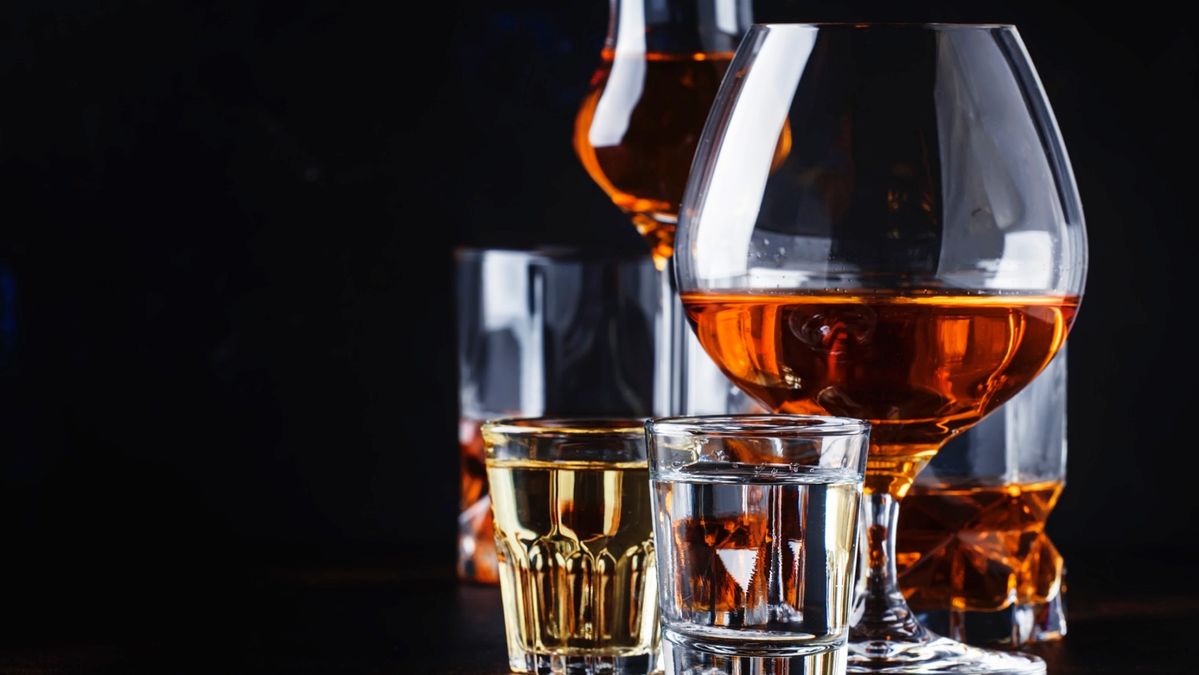
Embracing regional customs and cuisine are often hailed as express tickets to the soul of a destination, yet so too is the local tipple of choice. Not only does it break down social barriers, but it reveals a different side on the native flavour.
While craft beer, wine and certain spirits might be globally understood, each place you visit has its own unique twist, which can catch out the uninitiated.
With that in mind, here are some of the drinks you may encounter on the road – and how to really enjoy them.
The Americas
Travelling to the USA these days means cool craft beers, chased by whiskey and tequila shots. Head further south to Mexico, though, and tequila isn’t slammed, it’s savoured and sipped.
Mezcal is the new black and if you are lucky, you might get introduced to pulque, a beer fermented from the sap of the agave plant. Pulque doesn’t travel well (the canned stuff isn’t great) so you don’t see it outside Mexico. It’s definitely worth a try while you’re there.
Another favourite of the locals is Raicilla, a mezcal made in the Tequila territory. It’s raw and potent, and you will never forget it.
Most countries of South America make Pisco, a grape-based distillate, not dissimilar to grappa, which is very complex, and sipped neat.
Europe
It’s good to know that Austria, Germany and Switzerland are havens for schnapps, and these fruit-based eaux-de-vie, totally clear and dry, are some of the best in the world.
One of the great passions in Germany is ‘Korn’, a spirit similar to Akvavit (a spirit flavoured with caraway), often drunk as a chaser with beer.
German beer is excellent, as is Swiss white wine, which you rarely see outside Switzerland as the Swiss drink it all themselves.
Swiss white wines are generally served in tiny straight glasses, not in traditional wine glasses.
If you want to really fit in with the locals, order a Bätzi (made from crab apples and crab pears), a Chrüter (herbal eau-de-vie) or an Enzian (made from the roots of the gentian plant).
When in Austria, it’s worth drinking some Absinthe as this is one of only three countries in the world that hasn’t banned the ‘Green Fairy’.
Heading north and Akvavit becomes the drink of choice in Denmark, Sweden, Finland, Norway, the Faroe Islands and Iceland. Is one of them the best? My favourite is Linie from Norway, where the spirit traditionally travels in the hull of wooden ships across the Equator and back.
France, generally known as the place to drink wine, also has a great tradition of pastis, an aperitif that luges (goes cloudy when you add water) and is based on liquorice and anis. The correct way to drink pastis is to use a tall glass, place one piece of cube sugar into the bottom, add pastis, then add cool water.
Traditionally, ice is not added. If you want to use ice, add it last or the drink will curdle.
Italy is most definitely the country for aperitivi and amari (bitters). The bartenders of Milan came up with Campari (usually drunk neat shaken with ice, or as a long drink with soda) and are also the inventors of the Negroni and the spritzer.
Travelling to Spain is a good excuse to try the different Sherries - be that the really dry ones, like Manzanilla, perfect accompaniment to tapas, or dessert versions like a Pedro Ximenez.
In Portugal, if you’re lucky enough to visit Madeira, the local sweetish fortified wine (also called Madeira), has to be the best value drink around, as you can still purchase a 100-year-old bottle for about $100. Of course, in Portugal you’ll be drinking Port as well, one of the great matches with cheese.
Russia and Poland live and breathe vodka. Vodka can be made from literally any crops (wheat, sugar beets, potatoes, etc) as it is meant to be as clear and flavourless as possible. I rate the Polish potato vodka among my favourites. You drink vodka neat, as a shot. Put it into a cocktail and risk sideways stares from your hosts.
Asia
Japan has a long history of making whiskies and sake. Japanese whiskies are incredibly well crafted, using an extremely narrow cut, but can be a bit unadventurous to those who know their malts, as they are a little too refined. Drink them neat, from a wine glass.
Sake is prolific and there are hundreds of different types. Some are consumed warm, some cold; seek out the unfiltered, sparkling sakes that are in a world of their own and consumed chilled.
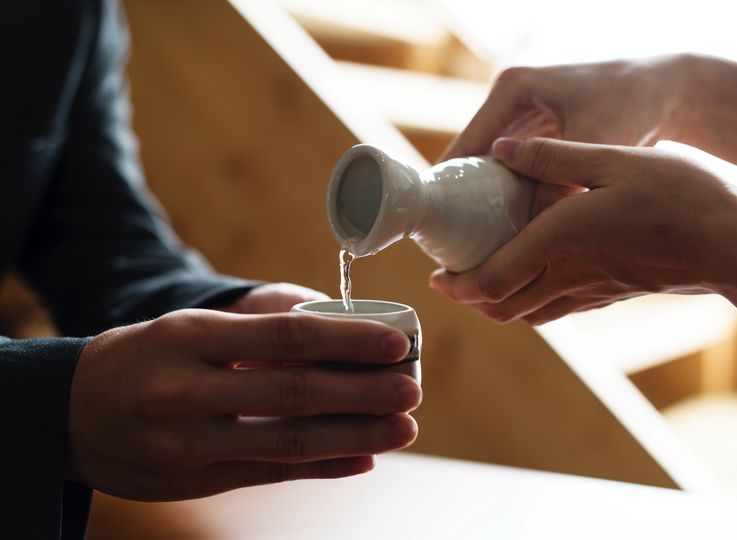
Fermented rice wine, (such as sake), is distilled in South Korea, where it is called Sojiu/Sochu and has the same flavour profile as sake but a higher alcohol content – something to be wary of, if the local custom is to partake with gusto. Sip it neat with some spicy Korean food.
Heading further north to China you’ll find that the original spirit, a distillate made from sorghum, is still very popular but is generally not to Western tastes. If you are offered this spirit, drink some, quickly, smile and politely refuse a refill.
Our advice: wherever you are in the world, make the effort to drink like a local. Bottoms up.
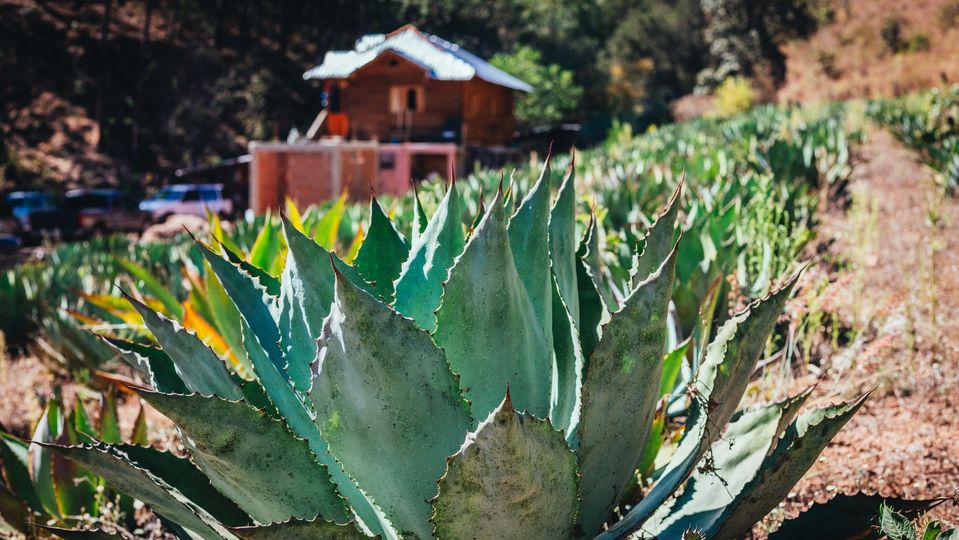
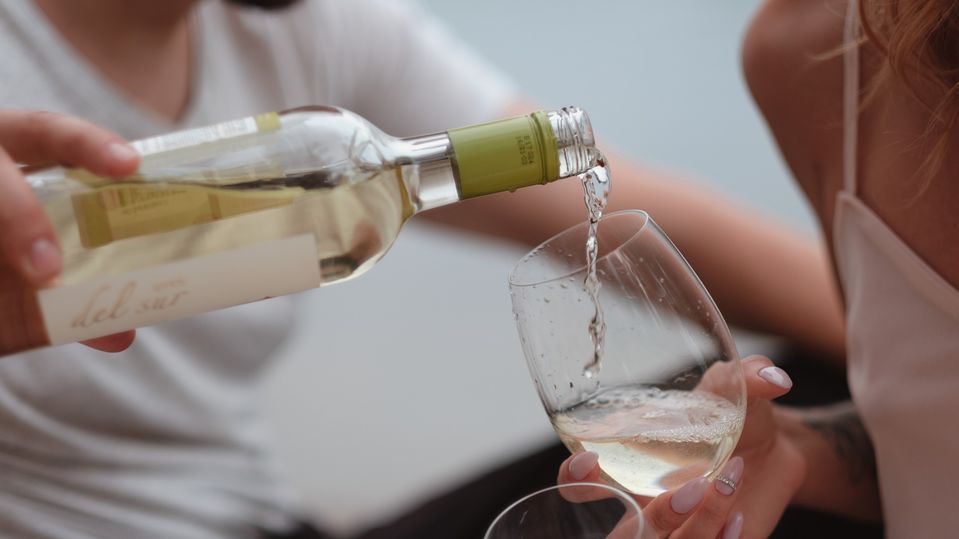
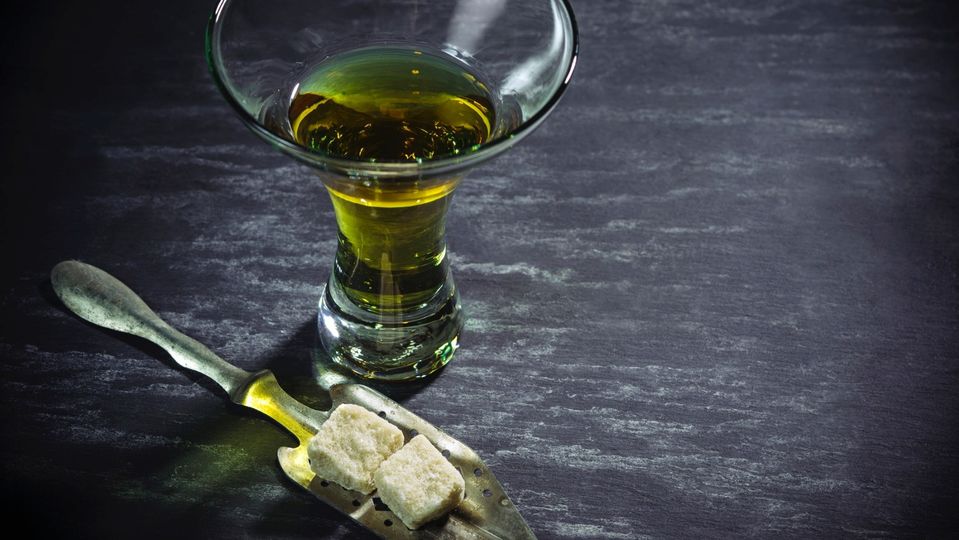
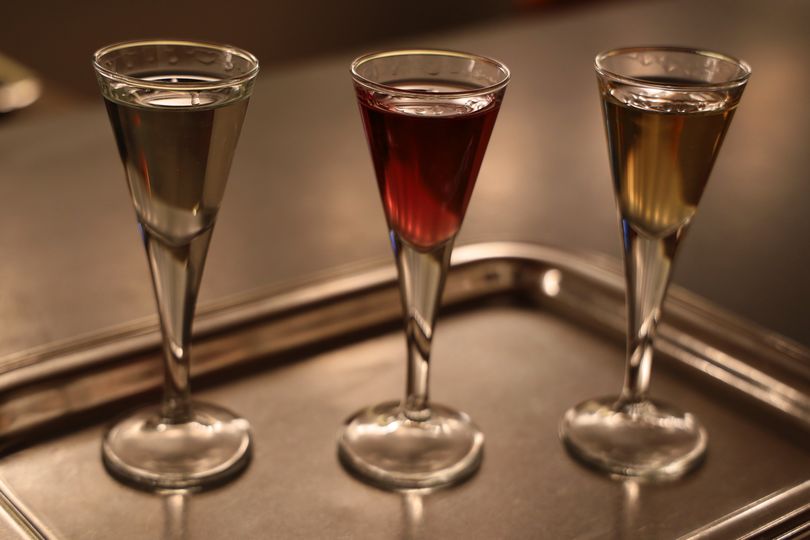
Hi Guest, join in the discussion on How to drink like a local, wherever you travel